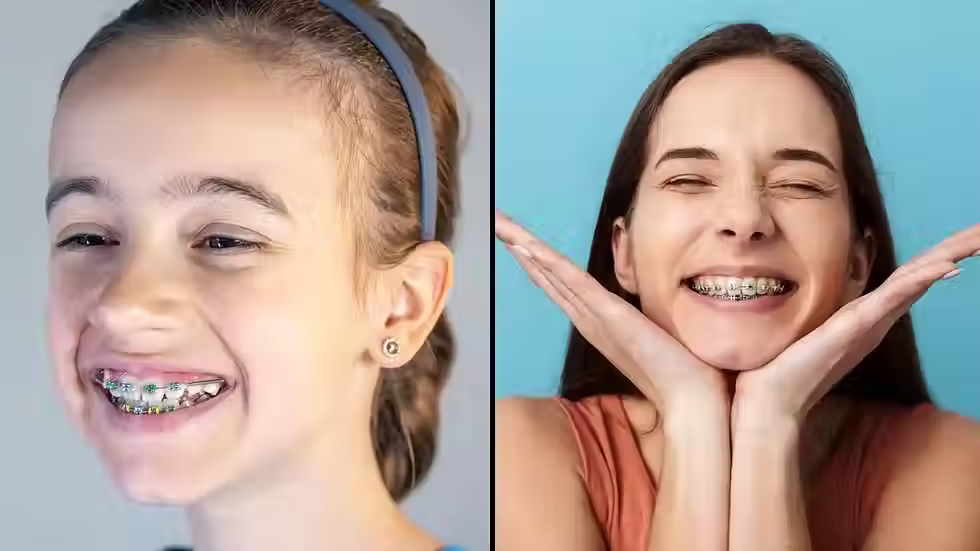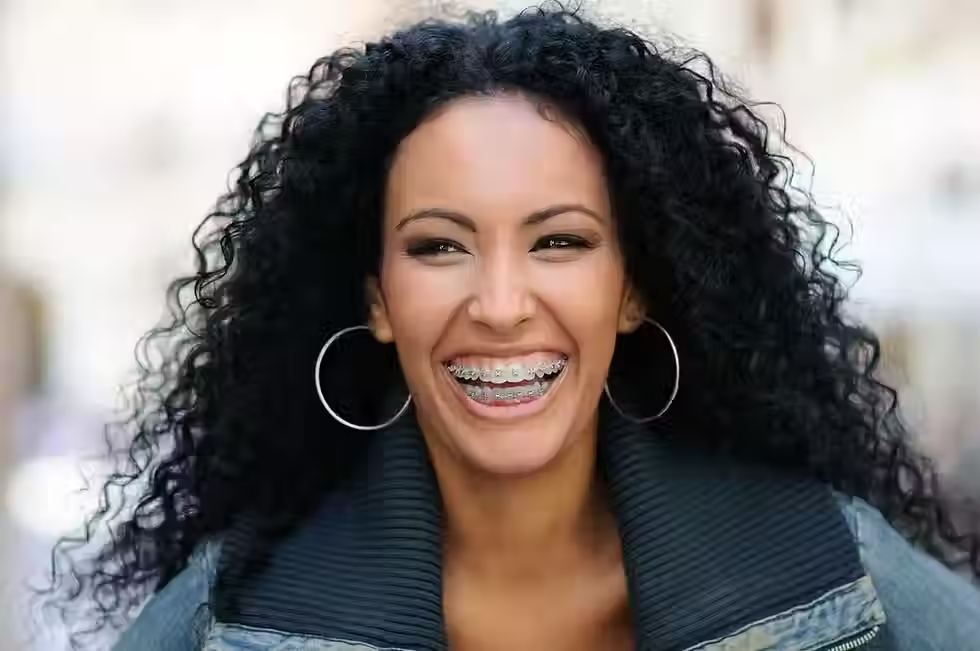Best Age to Get Braces for Impacted Canines: Timing Matters
- Bright Braces

- Mar 4
- 3 min read
Updated: Jul 1

Canine teeth, also known as cuspids, play a crucial role in a healthy smile. They help guide the alignment of other teeth, provide facial structure, and support proper bite function. In some cases, a canine tooth does not erupt as expected and remains trapped beneath the gums. This condition is known as an impacted canine.
Early intervention is often the key to successfully treating an impacted canine. But what is the best age to begin treatment? The timing of braces for impacted canines can make a significant difference in the effectiveness and length of treatment.
When Do Canine Teeth Normally Erupt?
Canine teeth typically erupt between the ages of 11 and 13. They are often the last of the front teeth to emerge, which means there is potential for them to become impacted if there is insufficient space in the dental arch.
If a canine tooth does not erupt by the early teenage years, an orthodontic evaluation is recommended to determine whether treatment is necessary.
Best Age for Braces to Treat an Impacted Canine
Braces can help guide an impacted canine into place, but the success of treatment depends largely on the patient’s age.
Ages 7-10: Early Evaluation
Orthodontists recommend that children have their first orthodontic evaluation by age seven. At this stage, X-rays can reveal potential problems, including the risk of an impacted canine.
Although braces are not typically needed at this age, early intervention may include:
Monitoring tooth development
Extracting baby teeth to create space
Using space maintainers or expanders to prevent crowding
Ages 11-14: Ideal Time for Braces
The best time to start braces for an impacted canine is typically between ages 11 and 14. At this stage:
Baby teeth have fully fallen out, allowing for space management
The canine tooth is more likely to be successfully guided into place
Braces can be used to create space and, if necessary, a minor procedure can expose the impacted canine and help guide it into position.
Ages 15-Adult: Treatment Still Possible but May Take Longer
Older teenagers and adults can still be treated for an impacted canine, but the process may take longer. As the jaw matures, the bone becomes denser, making it more difficult to move the impacted tooth.
In some cases, orthodontic traction may not be enough, and surgical extraction or other dental procedures may be required. However, braces combined with surgical exposure can still be effective in many adult cases.
Why Early Treatment Matters
Treating an impacted canine early can help:
Reduce the need for surgery
Shorten overall treatment time
Prevent damage to surrounding teeth
Improve long-term oral health and bite function
What Happens If an Impacted Canine Is Left Untreated?
An untreated impacted canine can lead to serious dental problems, including:
Misalignment of surrounding teeth
Root damage to adjacent teeth
Cyst formation or infection
The need for more complex surgical intervention later in life
Early detection and treatment can prevent these complications and improve treatment outcomes.

Schedule an Orthodontic Evaluation
If your child is between the ages of 7 and 14 and has not yet had an orthodontic evaluation, now is the time to schedule one. At Bright Braces in Katy, TX, we specialize in early detection and treatment of impacted canines to ensure the best possible outcome.




Comments